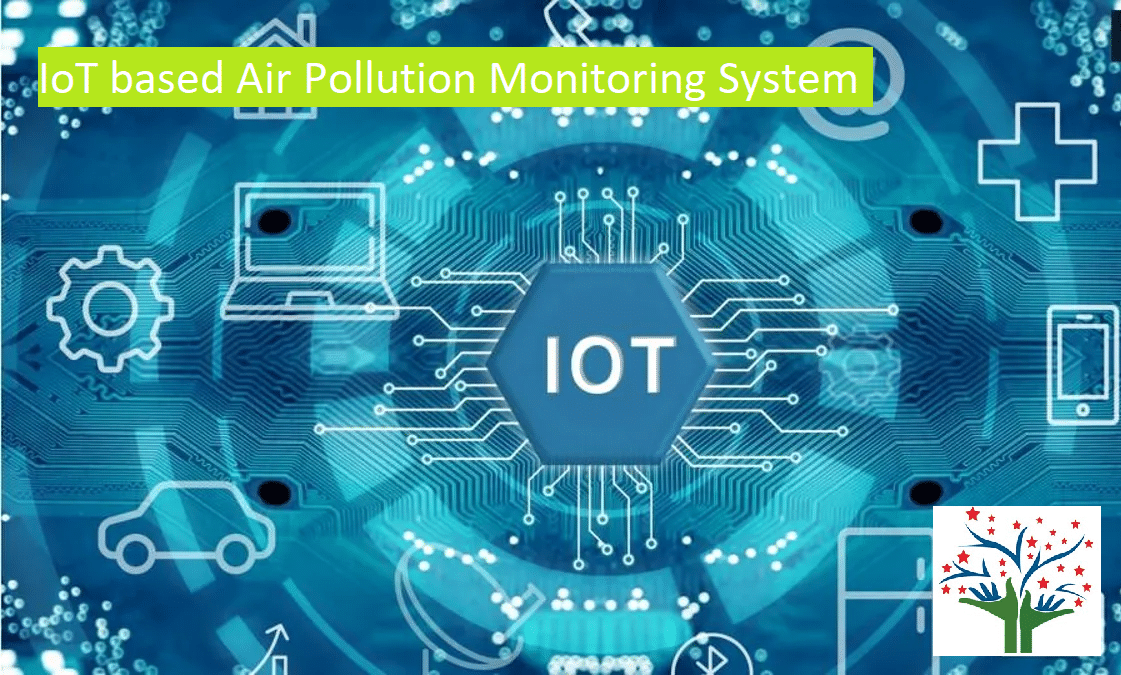
IoT based Air Pollution Monitoring System - Perfect Pollucon Services
IoT (Internet of Things) has become an integral part of our lives and it has already made an impact in various sectors, including the environment. Air pollution is a severe problem that has been affecting our planet for years. Therefore, there is a need for a reliable and efficient air pollution monitoring system to protect ourselves from its hazardous effects. An IoT-based air pollution monitoring system is an ideal solution that can provide real-time data and insights about the air quality in a particular area.
An IoT based air pollution monitoring system consists of several hardware and software components that work together to collect and process data. The hardware components include sensors, microcontrollers, and communication modules. The software components consist of a cloud platform, a mobile application, and a web-based dashboard.
The IoT-based air pollution monitoring system provides several benefits over traditional air pollution monitoring systems. It can collect real-time data from multiple locations, which then analyzed to identify the sources of pollution. It helps to take necessary measures to reduce it.
The system can also alert the users if the air quality reaches a dangerous level, allowing them to take precautions to protect themselves.
Read More about Ambient Air Quality Testing
IoT-based air pollution monitoring systems comprise several components that work together to collect and analyze air quality data. The components include:
Learn more about Indoor air Quality Testing
Conclusion IoT-based air pollution monitoring systems have become a popular solution for monitoring air quality and managing air pollution levels. These systems comprise several components that work together to collect and analyze air quality data.
In Short:
The sensors measure air quality parameters, the microcontroller processes the data, the communication module sends the data to the cloud server, the cloud server stores and analyzes the data, and the power supply and enclosure provide power and protection to the system. By working together, these components enable the development of accurate and reliable air pollution monitoring systems.
The IoT-based air pollution monitoring system can be used in various settings, including residential, industrial, and urban areas. It can also be integrated with existing air pollution monitoring systems to enhance their capabilities. The system can provide valuable data to government agencies, researchers, and the public to make informed decisions about air pollution.
Also Read Ambient Air Quality Monitoring System
One of the significant advantages of an IoT-based air pollution monitoring system is its scalability. The system can be easily scaled up or down based on the needs of the users. It can be customized to meet the specific requirements of a particular location, making it a versatile solution for air pollution monitoring.
In conclusion, an IoT-based air pollution monitoring system is a revolutionary solution that can provide accurate and real-time data about the air quality in a particular area. It can help identify the sources of pollution and take necessary measures to reduce it, protecting the environment and human health.
With its scalability and versatility, the IoT-based air pollution monitoring system can be used in various settings and integrated with existing air pollution monitoring systems, making it an ideal solution for air pollution monitoring.
IoT (Internet of Things) plays a crucial role in reducing air pollution through its ability to collect real-time data and enable smart decision-making. IoT devices, such as air quality sensors, can monitor pollutant levels in various environments, including cities, industries, and homes.
This data can be analyzed to identify pollution sources, implement targeted mitigation strategies, and track the effectiveness of pollution control measures. IoT-enabled smart city solutions optimize transportation, waste management, and energy consumption, reducing emissions and improving air quality.
Furthermore, IoT-based personal air quality monitors empower individuals to make informed choices and avoid high-pollution areas. By leveraging IoT technology, we can proactively address air pollution, create sustainable solutions, and promote healthier environments for present and future generations.
An IoT-based air and sound pollution monitoring system is implemented using a network of sensors, connectivity technologies, and data analytics platforms. Air quality sensors are deployed in strategic locations to measure pollutant levels such as particulate matter, gases, and volatile organic compounds (VOCs). Sound sensors capture noise levels and patterns in the environment.
These sensors are connected to a central data management system through wireless or wired communication protocols. The collected data is then processed and analyzed in real-time, leveraging cloud-based analytics platforms. Users can access the monitoring system through web or mobile applications, which provide visualizations, alerts, and historical data.
This allows authorities, environmental agencies, and individuals to monitor pollution levels, identify hotspots, and take necessary actions for pollution control and mitigation. The system can also integrate with existing infrastructure such as smart city platforms or industrial monitoring systems to provide a comprehensive view of environmental conditions and enable effective decision-making.
Below is the list of some of the popular systems based on IoT air Quality Monitoring:
These IoT-based air quality monitoring systems cater to various needs, from personal indoor air quality monitoring to community-level outdoor air quality monitoring. They offer real-time data, historical trends, and often provide alerts and recommendations for improving air quality. When selecting an IoT-based air quality monitoring system, consider factors such as the accuracy of sensors, compatibility with your IoT platform or network, data visualization capabilities, and the availability of data analytics for actionable insights.
An IoT-based air pollution monitoring system using NodeMCU is a compact and cost-effective solution. NodeMCU, an open-source development board, can be integrated with air quality sensors to collect pollutant data.
This data can then be transmitted to a cloud-based platform for real-time monitoring and analysis, enabling proactive pollution control measures. The system offers a scalable and efficient approach to monitor air quality using IoT technology.
Source:
https://www.ncbi.nlm.nih.gov/pmc/articles/PMC6696184/
https://faculty.iiit.ac.in/~sachin.c/MSThesisAtIIITH/12_DD_Rajashekar_Oct2021.pdf
The future scope of IoT-based air pollution monitoring systems includes improved sensor technology, integration with AI and machine learning, real-time monitoring and alerts, expanded sensor networks, and citizen engagement.